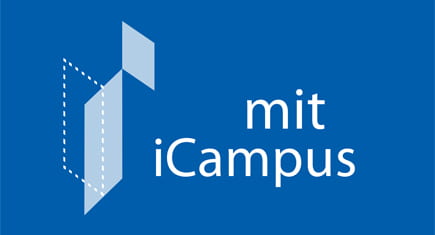September 2004–December 2006
Our research focused on the Microsoft Tablet PC and how it might be an asset for learning. However, even more importantly, we learned that its true value could best be assessed through the incorporation of four new research approaches. The first involved the evaluation of the Microsoft Tablet PC in combination with the specific software products with which it was used. Second, we learned that its value could be more accurately and specifically determined in the context of the teaching styles or methods that were used in different courses; third, that its value could be more accurately and specifically determined in consideration of the learning styles and preferences of the students who used the Microsoft Tablet PC.
As our research progressed, a fourth factor became paramount; that is, that more comprehensive and empirical standards for use in the assessment of educational technology were necessary. In consideration of this, we developed a number of research controls. Among others, this included carefully monitored experimental and control groups using the split-half method and a differentiated analysis of performance scores for each student. Through this process, we were able to quantify and validate some of the factors that seem to make the Microsoft Tablet PC useful and effective for learning.
In consideration of these factors, the Microsoft Tablet PC proved to be adaptable to the requirements of a wide range of university courses, including neuroscience, Mandarin Chinese, and computer science. This adaptability also served students well, individually. Students whose learning styles may not have been compatible with the teaching styles or methods of the instructor adapted the Microsoft Tablet PC to their educational advantage. One recurrent effect was to help those students who might otherwise have done poorly.
Several unique uses of the Microsoft Tablet PC seemed to have consistently positive effects on individual students. Many students benefited from the availability and convenience of using color with their notes, especially if they had a learning style or preference for using colors or the course made the use of color an advantage (e.g., biological sciences). Equally as beneficial to many students was the ability to integrate handwritten notes from the Microsoft Tablet PC with the downloaded reading material required in their courses.
Investigator: Dr. David Singer, Dept. of Brain and Cognitive Sciences
